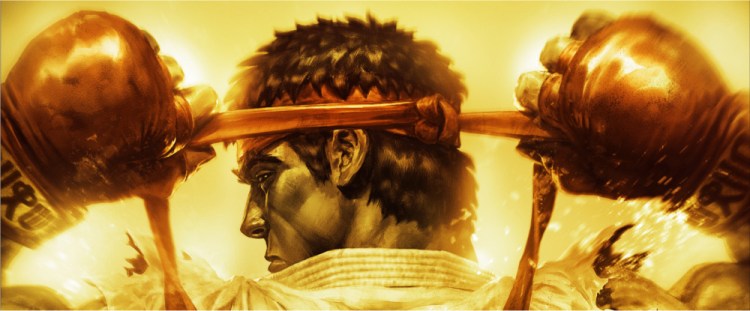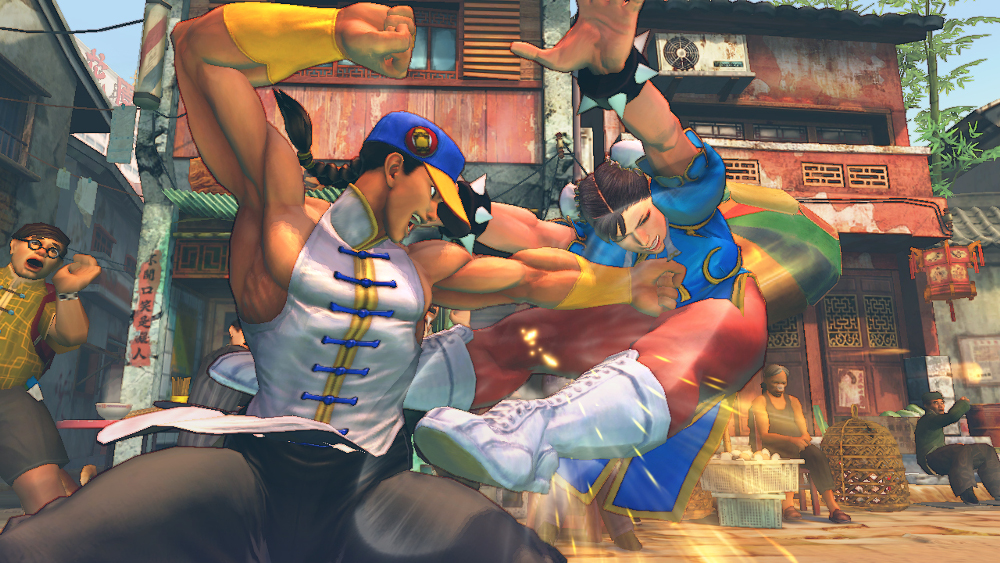This post has not been edited by the GamesBeat staff. Opinions by GamesBeat community writers do not necessarily reflect those of the staff.
Super Street Fighter 4: Arcade Edition
Most people had a lot to like about SSF4, but Japanese arcades were still using the 17-character original edition. To address this, Capcom released Super Street Fighter 4: Arcade Edition to those amusement centers and later home consoles, which added SF3 legends Yun and Yang and tweaked the roster even further.
Then the developers thought: Nobody likes overpowered competitors, but wouldn’t the game be more interesting if it had a villain to rally against?
Yun
It’s impossible to talk about Arcade Edition without discussing Yun. The kung-fu teenager is a machine designed to whittle down the other player’s lifebar as efficiently as possible. Once inside, he had a plethora of ways to break defenses until he could activate his signature attack: The deadly custom-combo super Genei-Jin. His twin Yang was also dangerous, but didn’t have Yun’s pure offense.
Abel
 Unlike previous new characters, the twins were obviously powerful and had advantages that others lacked. For example, previously Abel fought with frustrating mix-ups, but he had ho-hum reach, lousy defense, and suffered damage nerfs in this update. In contrast, Yun’s Nishokyaku dragon kick is a difficult-to-punish reversal, and he could approach easily with his Zesshou Hohou lunge punch and dive kick.
Unlike previous new characters, the twins were obviously powerful and had advantages that others lacked. For example, previously Abel fought with frustrating mix-ups, but he had ho-hum reach, lousy defense, and suffered damage nerfs in this update. In contrast, Yun’s Nishokyaku dragon kick is a difficult-to-punish reversal, and he could approach easily with his Zesshou Hohou lunge punch and dive kick.
Fei-Long
Not that Yun and Yang were the only top tiers in the game. By not suffering many nerfs and getting buffs in small-but-important areas, Fei-Long grew from average in SF4 to amazing in Arcade Edition. The Bruce Lee tribute could use his Rekkaken punches to bully opponents, especially in the corner where he could punish escape attempts. The Japanese Virtua Fighter player Fuudo took Evolution 2011 with the efficient fighter, and Fei Long rewarded those who can fight consistently well for years to come.
T. Hawk
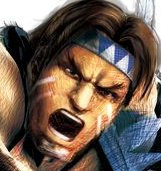 Players searched for warriors who could challenge the top tier. Grapplers like T. Hawk and Zangief forced the low-health twins to think before they attacked, while Sagat rose in prominence again. Unfortunately, it’s tough to tell if they really had an edge: Yun player Kazunoko once posted a match-up chart in which the only person who didn’t have a disadvantage against him was another Yun.
Players searched for warriors who could challenge the top tier. Grapplers like T. Hawk and Zangief forced the low-health twins to think before they attacked, while Sagat rose in prominence again. Unfortunately, it’s tough to tell if they really had an edge: Yun player Kazunoko once posted a match-up chart in which the only person who didn’t have a disadvantage against him was another Yun.
Makoto
 Tier lists began to gravitate towards fighters like C. Viper and Makoto who could quickly stun opponents and never give them a change to fight back. Makoto disappointed many fans in SSF4, but here she feels more like the karate monster she was in Street Fighter III: 3rd Strike.
Tier lists began to gravitate towards fighters like C. Viper and Makoto who could quickly stun opponents and never give them a change to fight back. Makoto disappointed many fans in SSF4, but here she feels more like the karate monster she was in Street Fighter III: 3rd Strike.
Dhalsim
The most-telling example of Arcade Edition’s balance comes from an exhibition at Norcal Regions 2011 between Daigo Umehara and Dhalsim expert Filipino Champ. In the beginning Daigo used his famed Ryu, and the two fought on even ground. In this video, Daigo switched to Yun and easily smothered the yoga master. The only round Champ won was when he connected both a Super Combo and an Ultra Combo.
Ibuki
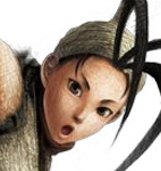 Outside of dealing with the top-tier terrors, a lot of the roster benefited from Arcade Edition, where Capcom improved so-so characters and weakened abusive tactics. Teenage ninja Ibuki received new Target Combos and other changes to improve her core game at the cost of her kunai projectiles becoming less effective. Real ninjas don’t give second chances, and her ability to pester her target to death after one knockdown became infamous.
Outside of dealing with the top-tier terrors, a lot of the roster benefited from Arcade Edition, where Capcom improved so-so characters and weakened abusive tactics. Teenage ninja Ibuki received new Target Combos and other changes to improve her core game at the cost of her kunai projectiles becoming less effective. Real ninjas don’t give second chances, and her ability to pester her target to death after one knockdown became infamous.
Seth
The final boss of Street Fighter 4 lost his stretching Jump Heavy Punch, which Zangief and others could do nothing against. In return, he got a boost to his laughably low health and tweaks to make him more aggressive. One of Evolution 2011’s biggest moments was when Korean player Poongko used his fearless Seth to squash Daigo’s Yun.
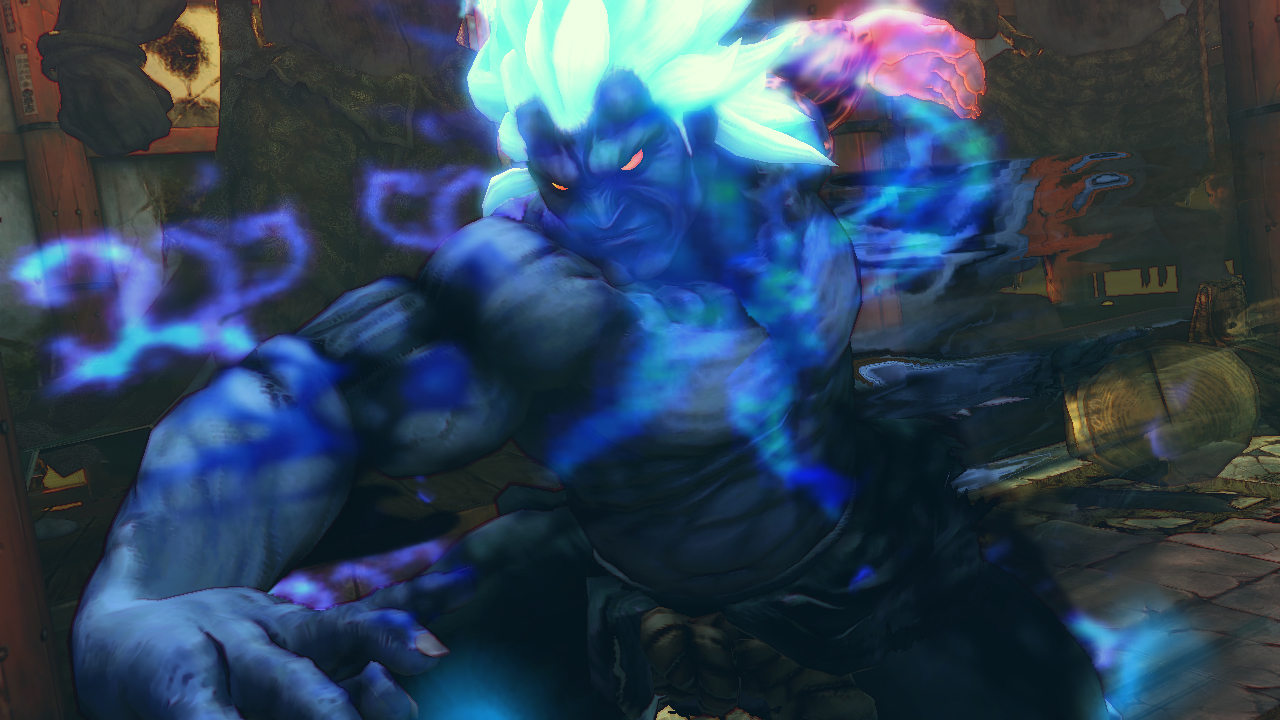
Above: Is forsaking what little is left of your humanity worth it? Oni has more health and scarier combo damage than Akuma, but in return he lacks the versatility in mixups, fireballs, and escape options that made his former self dominant. It would take another update and a few years’ time for players to recognize his true power.
Oni
Later on, Capcom added Evil Ryu and Oni, though neither made the splash that the twins did. While Oni is based on Shin Akuma from previous games, he’s been changed drastically enough to be considered a brand-new character. His fireballs and Shoryuken are finicky, but in return he gets forbidden Marvel Vs. Capcom-esque techniques like the cross-up Demon Slash and a pseudo air dash. Oni and Evil Ryu disappointed fans who wanted more old favorites to return, but since I’m guaranteed to face them when I play online I’m sure the developers knew what they were doing.
El Fuerte
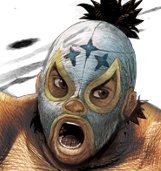 People’s dissatisfaction with the top tier was clear. Still, one of my favorite moments when I went to CEO 2011 was seeing SeeDogPoo’s El Fuerte almost defeat Marn’s Yun. Everyone stopped what they were doing to watch the high-risk luchadore take on Goliath, even those who were playing their own matches. Did Capcom theoretically have the right idea?
People’s dissatisfaction with the top tier was clear. Still, one of my favorite moments when I went to CEO 2011 was seeing SeeDogPoo’s El Fuerte almost defeat Marn’s Yun. Everyone stopped what they were doing to watch the high-risk luchadore take on Goliath, even those who were playing their own matches. Did Capcom theoretically have the right idea?
Next page: Capcom attempts to make amends through a new patch.
